
Vines add interest to the garden by providing a variety of shapes, colors, textures, and in some cases, fragrance to your landscape. They can climb walls, cover arbors, hide ugly fences, creep along rock gardens, create a sense of privacy and shade us from the sun. The best part about perennial vines is that they do it year after year.
Some vines, such as wisteria, are wonderful for the shade they provide, as well as the beautiful flowers. Others, such as ivy, do well when trained against a wall or as a frame around a doorway. Still others, like clematis, mask a plain wall, fence or post by transforming it into a beautiful spot in the garden.
Most perennial vines are classified by how they cling to a support: twining stems, tendrils, adhesive disks and aerial roots. Twining vines, like wisteria, wrap themselves or "twine" around a structure. Tendril vines, like grapes, use leaves or tendrils to reach out, grab supports and pull themselves up a wall. Still others, like Virginia creeper or English ivy have adhesive, "suction cup" disks on their aerial roots, enabling them to cling to walls without any additional support.
The type of vine you choose for your garden will determine the type of support structure you need. A twining or tendril vine will need wires, trellises or arbors to grasp as they climb. A vine with root-like tentacles can be grown on stone, brick or concrete, but should not be grown on wood due to their propensity to collect moisture and cause structural damage.
Pruning is necessary to remove old wood, keep a vine in bounds, and produce more flowers. Vines that flower on new wood are pruned before new growth begins; those that flower on last season's growth are pruned immediately after flowering. Since foliage vines are pruned to control growth and direction, timing is less crucial.
Wisteria:
Everlasting Pea (Sweet Pea):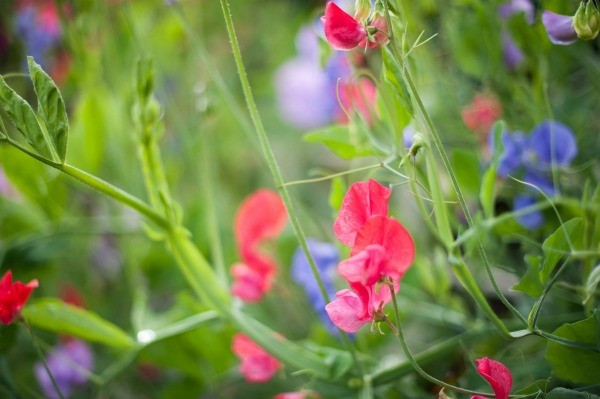
Clematis: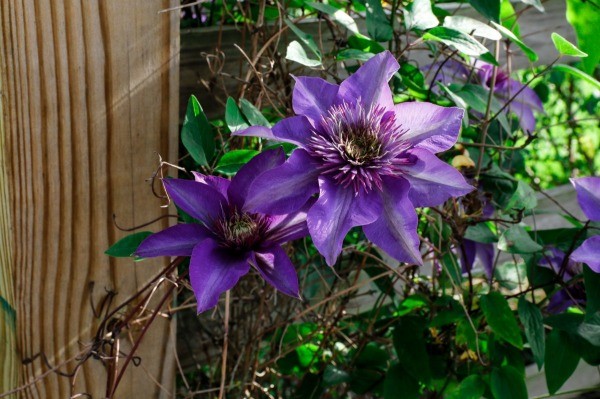
Climbing Hydrangea: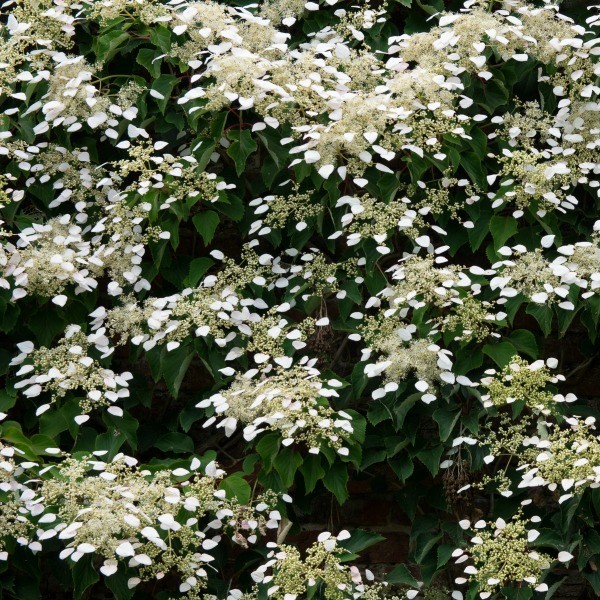
Honeysuckle: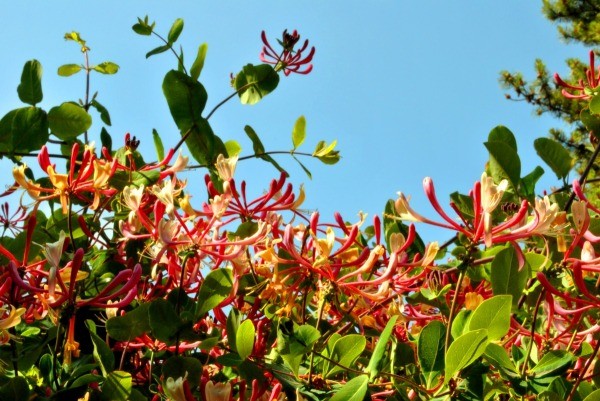
Trumpet honeysuckle has bluish-green leaves and while its flowers are not fragrant, they are very showy. 'Magnifica' has big, bright red flowers with yellow centers. 'Alabama Scarlet' is dark red. 'Sulphurea' has gorgeous, pure yellow flowers with bright green leaves. Trumpet honeysuckle can grow 10 to 20 feet or higher depending on the structure.
Depending on where they are grown, many vines can become invasive and take over your garden. For example, stay away from Japanese honeysuckle (also called Hall's Honeysuckle). This invasive plant is illegal to cultivate in Illinois because it has invaded many miles of woodlands, choking out all other plants. Before planting any vines, check with your country extension office to determine if it has been problematic in your area or if cultivation restrictions apply.
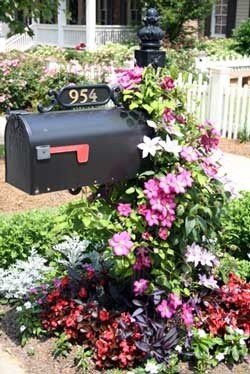
About The Author: Ellen Brown is an environmental writer and photographer and the owner of Sustainable Media, an environmental media company that specializes in helping businesses and organizations promote eco-friendly products and services.
Add your voice! Click below to comment. ThriftyFun is powered by your wisdom!